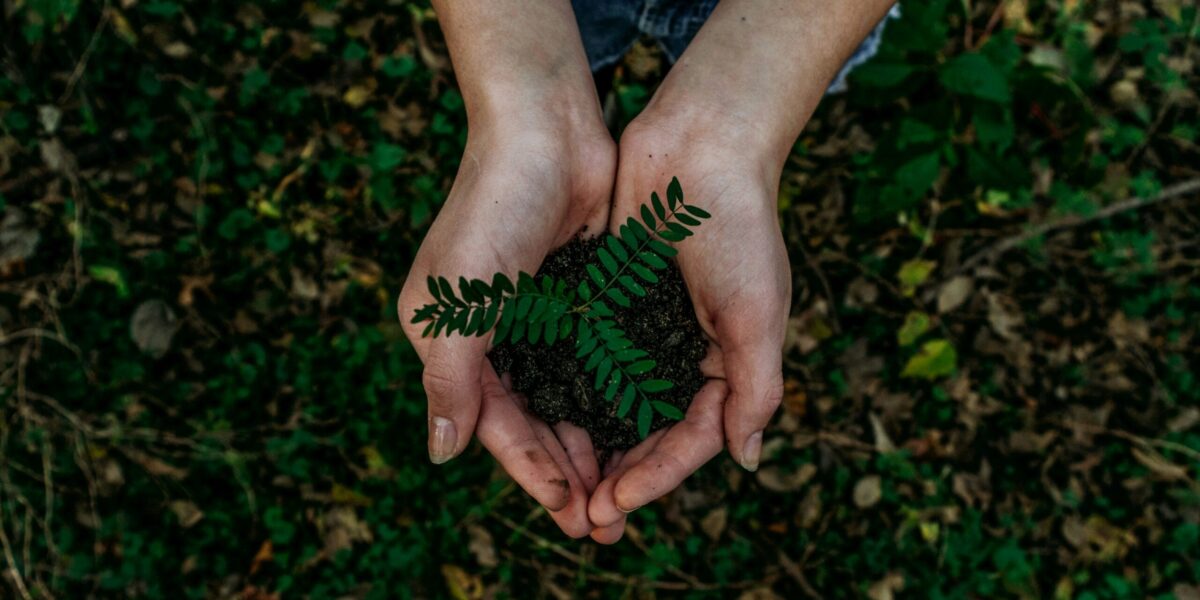While most Canadians become ever more disconnected from the natural world, Indigenous peoples are making significant efforts to restore their languages, cultures, and nature-based practices.
This is no small task.
According to David Stannard, author of American Holocaust: The Conquest of the New World, up to one hundred million aboriginal people lived in the Western Hemisphere before the arrival of Europeans. Indigenous peoples coexisted in relative harmony with nature, supported by a wide diversity of native plants and animals.
Then 95 per cent of them perished.
Stannard writes, “From almost the instant of first human contact between Europe and the Americas, firestorms of microbial pestilence and purposeful genocide began laying waste the American natives… disease and genocide were interdependent forces… whipsawing their victims between plague and violence, each one driving countless numbers of entire ancient societies to the brink – and often over the brink – of total extermination.”
European colonists brought their own plants and animals and farming practices. They cleared forests, drained wetlands, and plowed prairies. They decimated populations of once-dominant wildlife species like the American Bison.
We all “benefit” from ongoing ecosystem destruction. Industrial agriculture is highly unsustainable but means abundant cheap food in supermarkets.
I feel some responsibility, and I accept the “settler” label as including all non-Indigenous North Americans, although I’m not a descendent of the early colonizers. My German and Scandinavian ancestors emigrated in the 1880s, well after North America was thoroughly colonized. But my father helped fell the giant trees of the Pacific northwest rain forest in his younger days, a practice that shamefully continues to this day. The BC government says 20 per cent of the forest there is old growth, but this figure includes stunted, high elevation forests not worth harvesting. A 2020 study found that only three per cent of the province can grow very large trees, and old growth remains on only 2.7 per cent of that area. Rachel Holt, a study author, says “We’ve basically logged it all.”
Western science remedies such as “forest management plans” and “impact assessments” purport to deal with this destruction but are virtually meaningless. Impact Assessment Act regulations exempt all but the very largest projects. Even projects on federal lands receive only cursory scrutiny.
Another questionable western concept is a strictly protected area, or “wilderness”, where all human activities are excluded. But evidence suggests that humans co-evolved with other species on this continent for 35,000 years or more. Indigenous-led conservation projects that allow traditional-knowledge-based activities to continue in a territory, while excluding unsustainable extractive practices, represent a better way forward. In fact, in February, the Minister of Environment and Climate Change, announced $66 million in funding to support 42 Indigenous-led conservation projects across the country.
In announcing the funding, Minister Guilbeault said, “Indigenous peoples have long taken care of the land we all share, and these Indigenous-led projects are a testament to their unique perspectives, knowledge, rights, and cultural responsibilities to teach, inspire, and help improve natural balance. It is only by working in partnership with Indigenous peoples and recognizing their traditional roles, knowledge, and science that we can slow biodiversity loss and achieve Canada’s conservation goals.”
Hear, hear!
In the Ottawa River Watershed where I live, Algonquin Anishinaabe people have resided in harmony with the environment for millennia, or as they like to say, “since time immemorial.” According to the Anishinaabe worldview, Algonquin people have inherent responsibility as treaty caretakers of the Earth. They aim to ensure that all forms of life can live free from threats of potential harm across generations, in a healthy and safe environment. For more on this, check out the Algonquin Aki Sibi project.
Given the success of Indigenous-led conservation, why not also fund Indigenous-led environmental assessments for projects in Indigenous homelands, including decision-making powers pursuant to Article 18 of the United Nations Declaration on the Rights of Indigenous Peoples? Consequences of decisions made by First Nations leaders would be felt by people living in their territories, and they’d learn from them.
For example, although they were only brought into the environmental assessment process as a seeming afterthought, the Kebaowek First Nation, in partnership with other Algonquin First Nations, undertook an environmental assessment of the Ottawa River nuclear waste megadump that put the proponent and regulator’s efforts to shame. An inspiring and impressive story board details the findings of this Indigenous-led assessment.
Algonquin people deem water sacred: It circulates through all living beings and ensures all life on Earth. This fundamental belief underpins their strong opposition to the megadump.
Putting environmental assessment in the hands of our Indigenous brothers and sisters who have lived in harmony with supporting ecosystems and watersheds for millennia makes eminent sense. Dedicated, ongoing funding for this type of assessment would be a boon for Canada and Canadians.



